Food fakes: the world’s most forged ingredients
Edible imposters
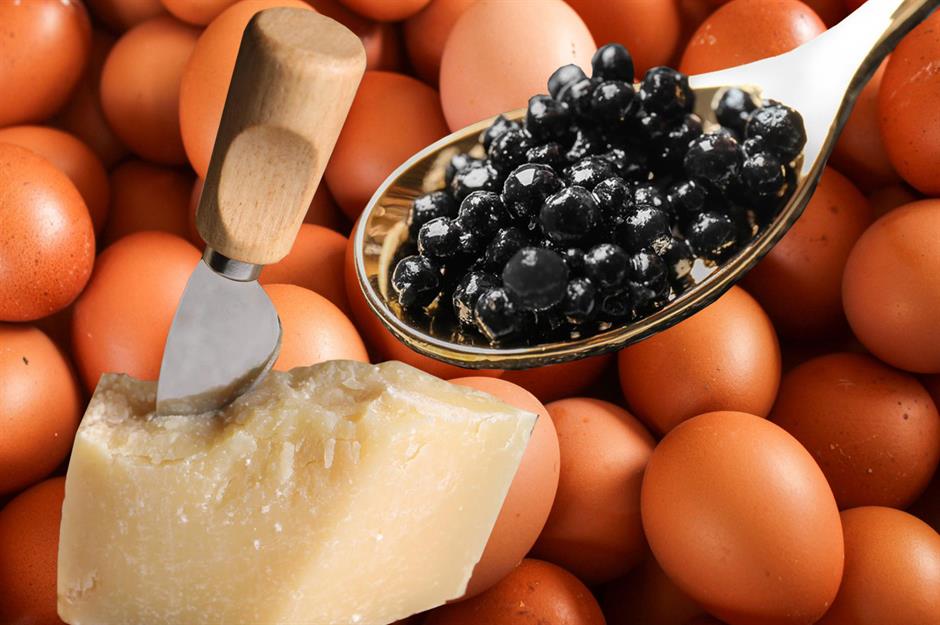
Knowing what’s in our food and where it comes from is more important to many of us than ever. But certain ingredients are susceptible to fraudsters who add extra bulk, mislabel products, or substitute products for something else entirely. Estimates value the global counterfeit food industry at over £30 billion ($40 bn) per year, and it’s widely believed that much food fraud goes undetected. Here are some of the world’s most forged ingredients, from coffee and olive oil cut with cheaper substances to shocking fake meat and fish scandals.
Click or scroll through our gallery to discover the world's most forged ingredients – counting down to the most faked food of all.
We've used studies, research and the latest facts and figures to rank each food based on how frequently they're forged or mis-sold.
25. Sweets
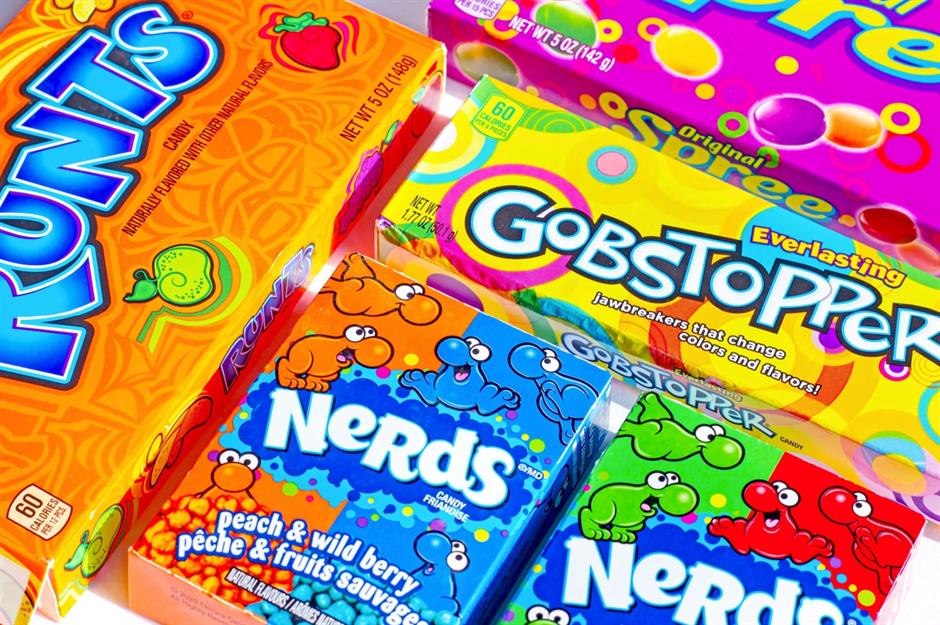
Those who have a sweet tooth might want to be wary of ‘counterfeit candy' – particularly in the UK, where shops selling American sweets have been reported to disguise supermarket own-brand chocolate as bigger names, wrapping the bars in branded packaging. This type of food fraud is often just the start of wider crime, too. In 2023, more than £1 million ($1.29m) worth of illegal goods, including mobile phone cases and disposable vapes, was seized from US candy shops on London’s Oxford Street.
24. Tomato purée
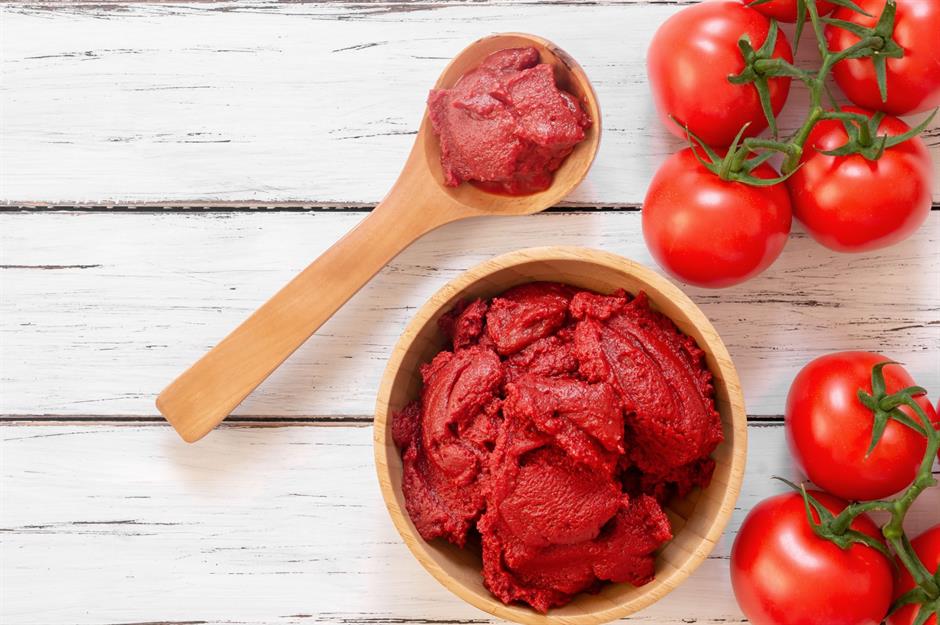
It’s an essential ingredient in Italian cooking, so people naturally want to buy Italian tomato purée. However, this product has frequently been found to be mislabelled when sold in supermarkets in the UK and Germany. A BBC investigation in 2024 revealed that many products labelled as ‘Italian’ actually used tomatoes that were likely to have been grown and picked in China via forced labour. Testing showed 17 products contained Chinese-grown tomatoes, which are often imported into Italy.
23. Balsamic vinegar

Like Parmigiano Reggiano and Champagne, true balsamic vinegar of Modena has protected geographical indication; it must be made in Modena or Reggio Emilia using particular grapes. It owes its much-prized syrupy texture and intense flavour to being aged in oak casks – if the label says 'Aceto Balsamico Tradizionale', it must be matured for 12 years or more. Unfortunately, fakes do happen – a 2019 investigation in Italy uncovered an alleged scam to use lower-grade grapes for vinegar intended to be passed off as the real deal.
22. Wine
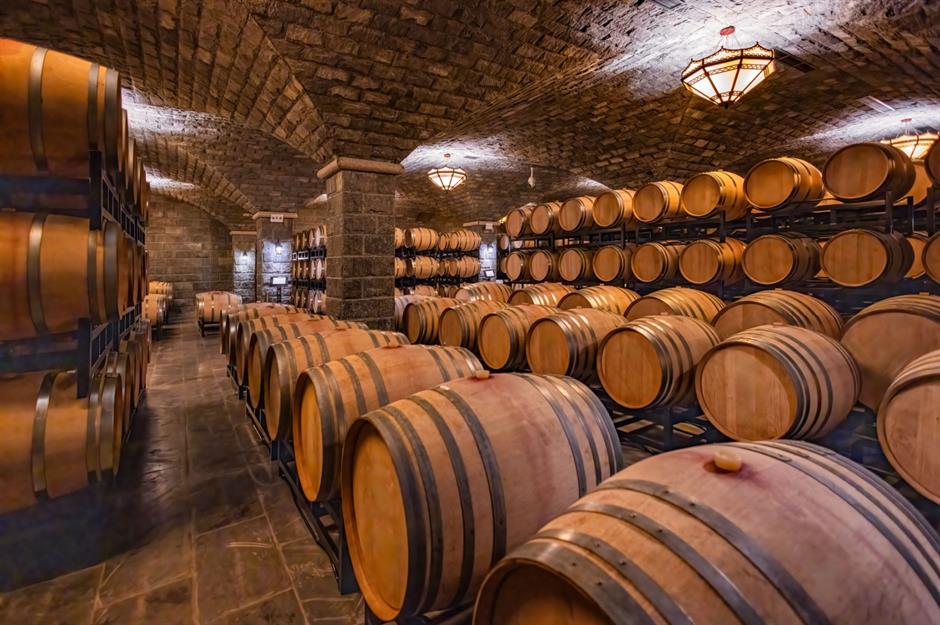
The highest-profile wine fraudster is Rudy Kurniawan (known as 'Dr Conti'), who spent seven years in prison from 2013 for selling millions of pounds worth of counterfeit bottles between 2004 and 2012, many sold through auction houses. It’s an extreme example, but lower-level wine fraud is believed to be widespread, with experts estimating that 5% of wines sold are fake. It usually involves lower-quality wines being bottled under the name of a prestigious label or selling a lesser vintage as one that’s far more sought after.
21. Battered fish
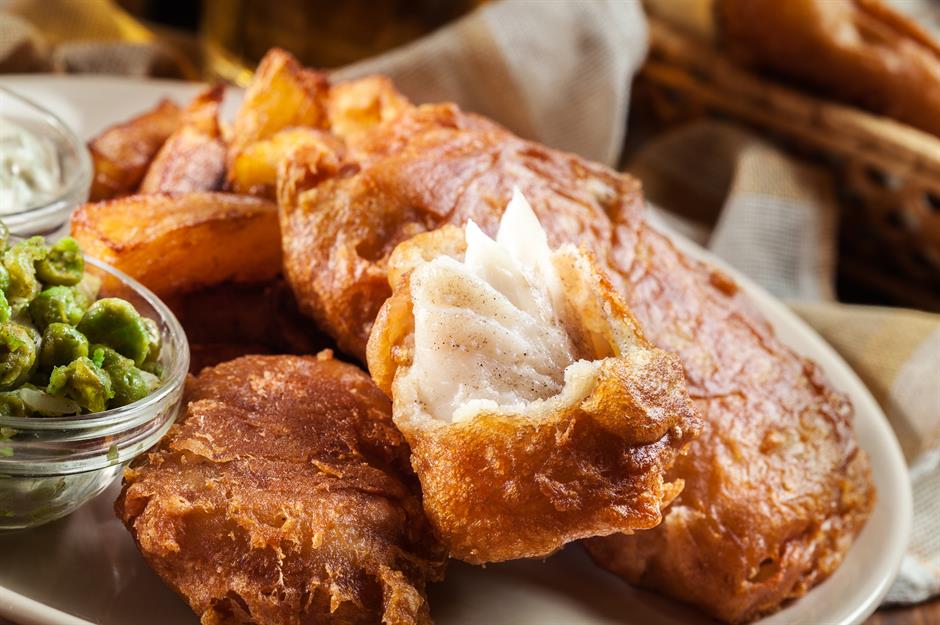
A 2019-published study by researchers at the University of Exeter in the UK found that some battered fish sold in chip shops was, in fact, meat from the spiny dogfish, a shark species classified as endangered in Europe. The study involved analysing the DNA of samples from fishmongers and fish and chip shops, mainly in southern England. It revealed that the rare shark was unknowingly being eaten by fish and chip lovers, sold under generic names including huss, rock, flake and rock salmon.
20. Coffee
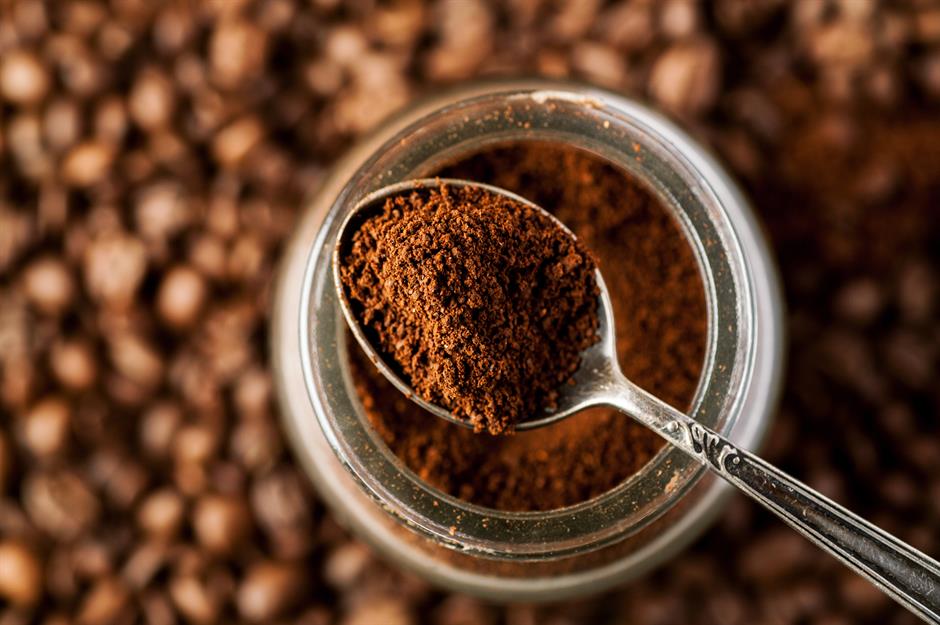
Ground coffee can be an easy target for fraudsters, with lower-quality or less in-demand varieties substituted or mixed in and sold at a high price. Some coffee, including supposed 'gourmet grounds' from Brazil, has been found to contain cereal grains, brown sugar, roasted corn, parchment paper and even twigs. Ground coffee is considered particularly vulnerable since the appearance, texture and colour is easy to duplicate, though scientists have been working on ways to 'fingerprint' it to determine whether customers are being duped.
19. Tea
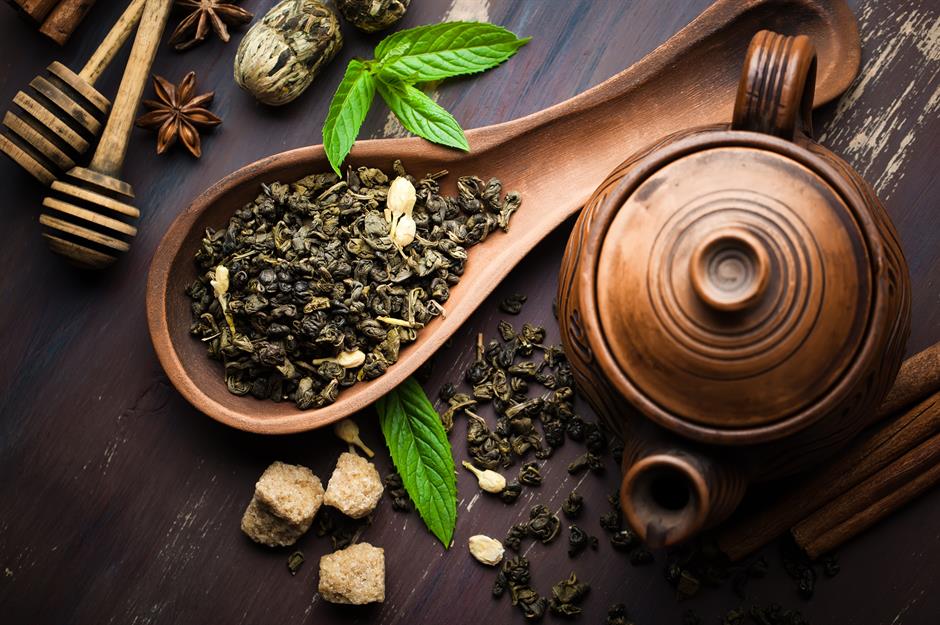
Like coffee, tea is vulnerable to fraud. The texture and odours of dried and ground leaves are relatively easy to duplicate, and it’s particularly difficult for customers to discern the difference when they’re packaged in tea bags. A 2014 report in the US by the Congressional Research Service, which looked at the issue of food fraud, lists tea among the ingredients with the most reported cases. Tea, it says, has been found to be bulked out with leaves from other plants, colour additives and dyed sawdust.
18. Parmesan
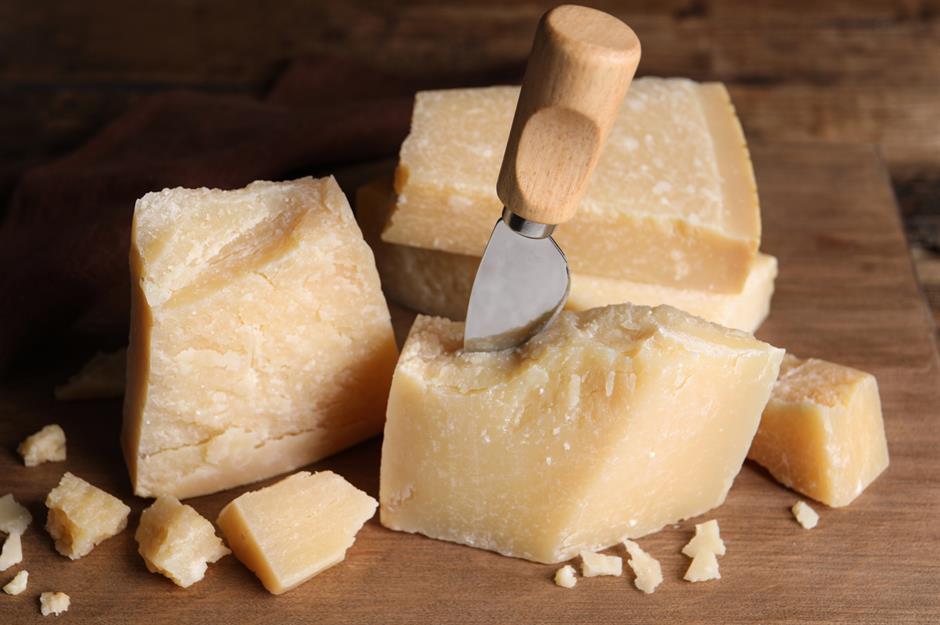
Only one cheese can be labelled Parmigiano Reggiano legally, due to the product's protected designation of origin status. However, in the USA, the label 'Parmesan' can technically refer to any cow’s milk cheese with a particular rind and texture. But even the latter, looser definition has been stretched by unscrupulous sellers. In 2012, the US Food and Drug Administration began investigating Pennsylvania company Castle Cheese, eventually finding that its '100% real Parmesan' contained Cheddar, Swiss and mozzarella cheeses, and even wood pulp. One of the cheese company's executives was sentenced to three years’ probation, a $5,000 fine (equivalent to almost $7,000/£5,400 today) and 200 hours of community service.
17. Eggs

A staple ingredient in both sweet and savoury recipes, eggs might not be the most obvious target for fraud. But if you thought an egg was just an egg, think again. In some instances, eggs from caged hens have been labelled as free-range. An operation by the UK’s Department for Environment and Rural Affairs (Defra) that started in 2006 revealed that millions of imported caged eggs had been mislabelled as free-range or organic, leading to multiple arrests.
16. Fruit juice
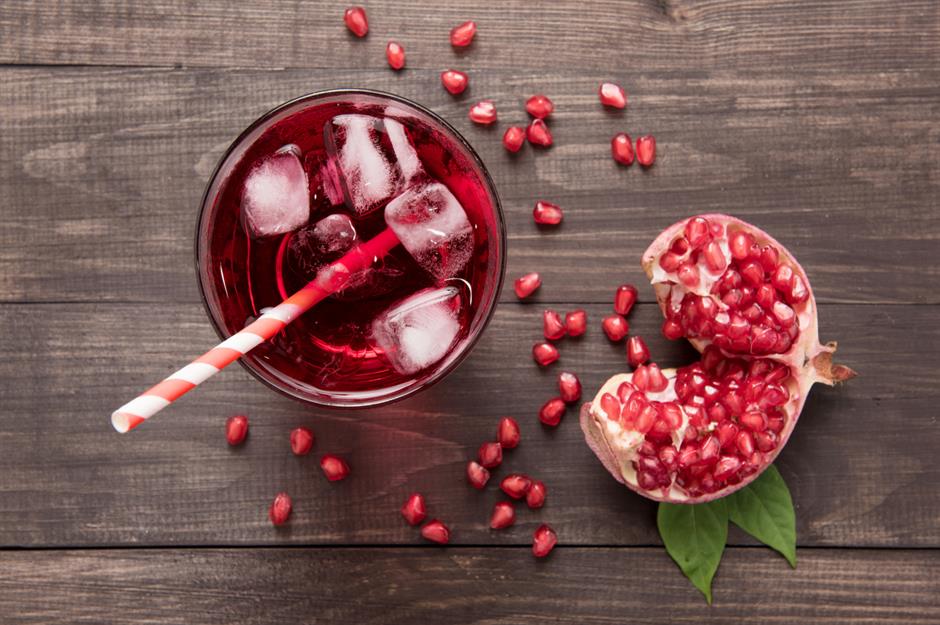
Fruit juices are also believed to be susceptible to fraud. Shockingly, several reports suggest that some juices might be made using juice from rotten fruit, which might also be used to dilute fresh juice. A 2013 report by the Food Fraud Database found other instances of juices being diluted with those of other fruits, with pomegranate – which had become popular as a 'superfood' – the most commonly faked. In some cases, products were found to contain no pomegranate whatsoever.
15. Saffron
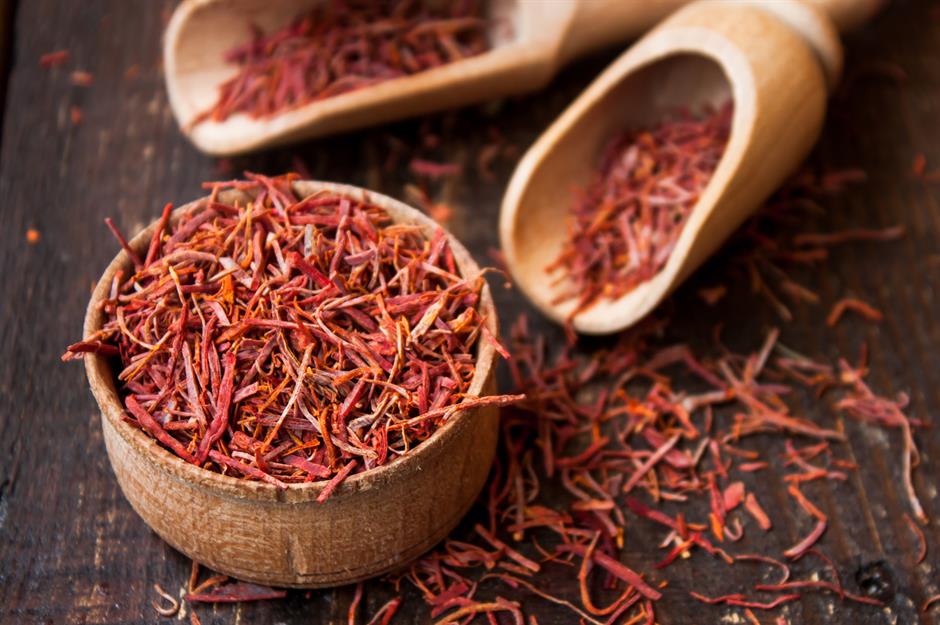
Saffron is the world’s most expensive spice, so it’s perhaps unsurprising that it’s a frequent target for food fraudsters. A 2014 report by the Congressional Research Service lists it among the most faked or adulterated ingredients, sometimes bulked up with glycerine, sandalwood dust, barium sulphate and borax, and dyed with tartrazine. Intact threads are far more difficult to fake than powdered saffron, however. Detected cases of fraud include the May 2021 arrest by Spanish police of 17 suspected members of a criminal network that allegedly mixed saffron with other herbs and chemicals.
14. Beef
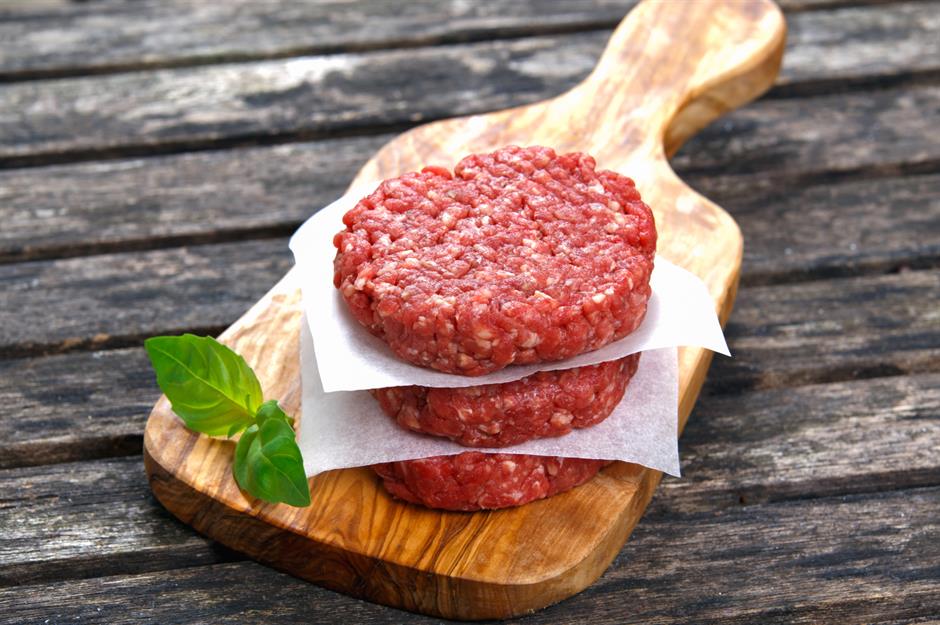
The 'horsemeat scandal' of 2013, which discovered horsemeat in many different products (mostly labelled as containing beef), began with burgers. The Food Safety Authority of Ireland tested beef burgers from a range of supermarkets and found horse DNA in nine out of 10 samples, with one sample containing as much as 29%. The burgers were immediately removed from sale, but the findings sparked a much broader scandal with implications across Europe.
13. Organic produce
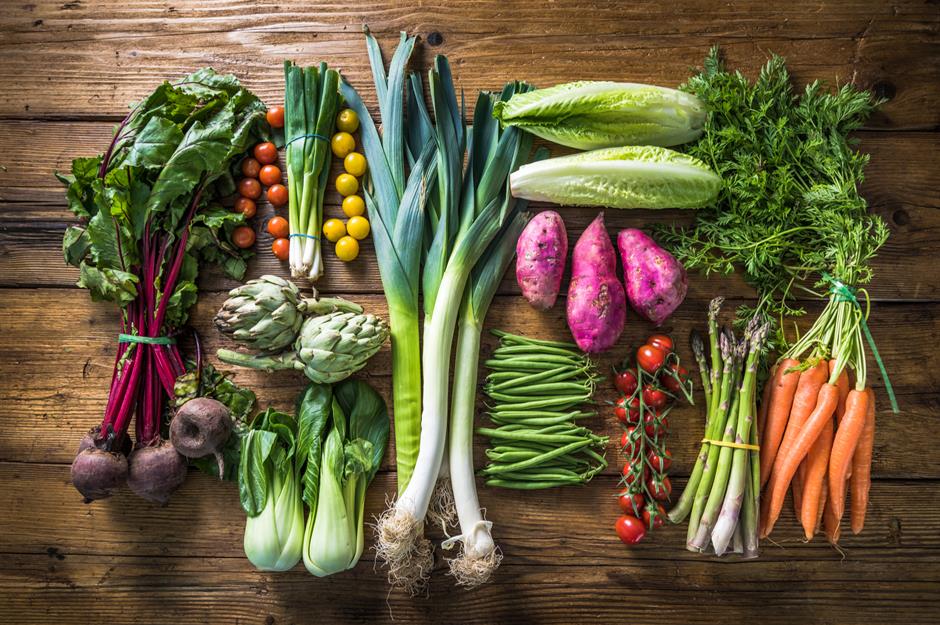
The fraudulent labelling of non-organic products as organic is prevalent, with culprits taking advantage of how tricky it is for customers to discern the difference. The United States Department of Agriculture (USDA) has detected that a range of foods, from domestic and international suppliers, are fraudulently labelled as organic. The Organic Trade Association (OTA) has stressed that the fraud can occur at any point along the supply chain. In 2024, the USDA implemented revised regulations to try and boost enforcement.
12. Black pepper

Ground black pepper is the specific target of fraudsters here. As with coffee, it’s almost impossible to tell the difference between the pepper and illegitimate additions in powder form. Ingredients found lurking in the shaker or jar include starch, buckwheat, flour, millet and even twigs. Papaya seeds are particularly common substitutes – they're near-identical to the naked eye and, once ground, differences are only detectable under a microscope.
11. Caviar

Money is obviously the primary incentive when it comes to food fraud, so caviar – among the world’s most expensive ingredients – was always going to be a target. There have been several high-profile cases of the sturgeon roe being faked, and some samples have even been found to contain no animal DNA at all.
10. Lobster
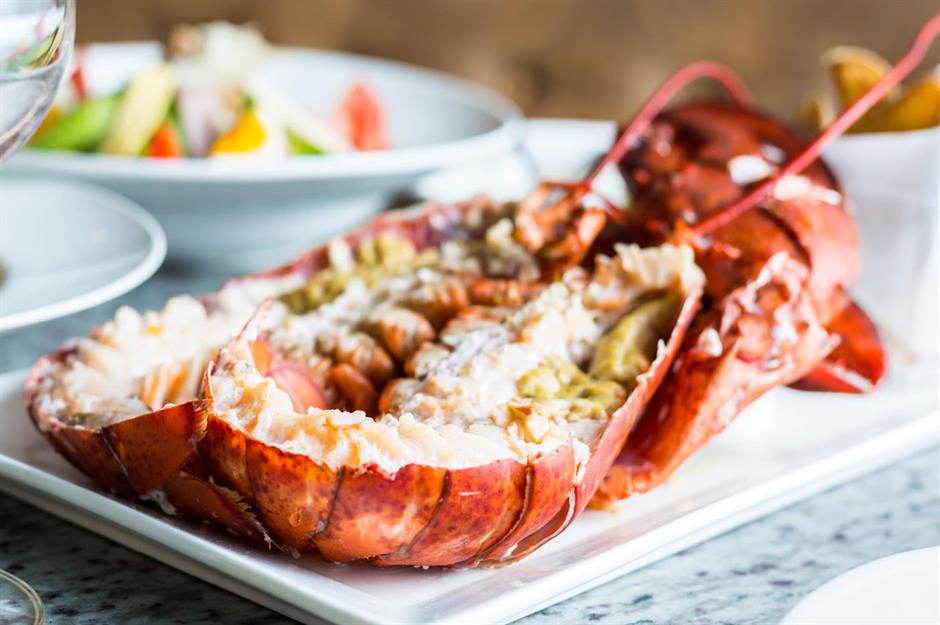
Not whole lobsters – that would be an impressive trick to pull off. But lobster dishes have been found to contain little or no lobster at all. Reporters visited 28 restaurants across the USA, from chains to seafood shacks, and found that 35% of lobster dishes contained cheaper substitutes such as whiting. The results of the investigation, revealed in 2013, included the discovery that one restaurant’s 'lobster ravioli' was actually filled with cheese. There have also been instances of fraud relating to the origin of lobsters too, such as the importer in South Korea who allegedly sold US-caught lobsters as pricier Canadian crustaceans.
9. Vanilla
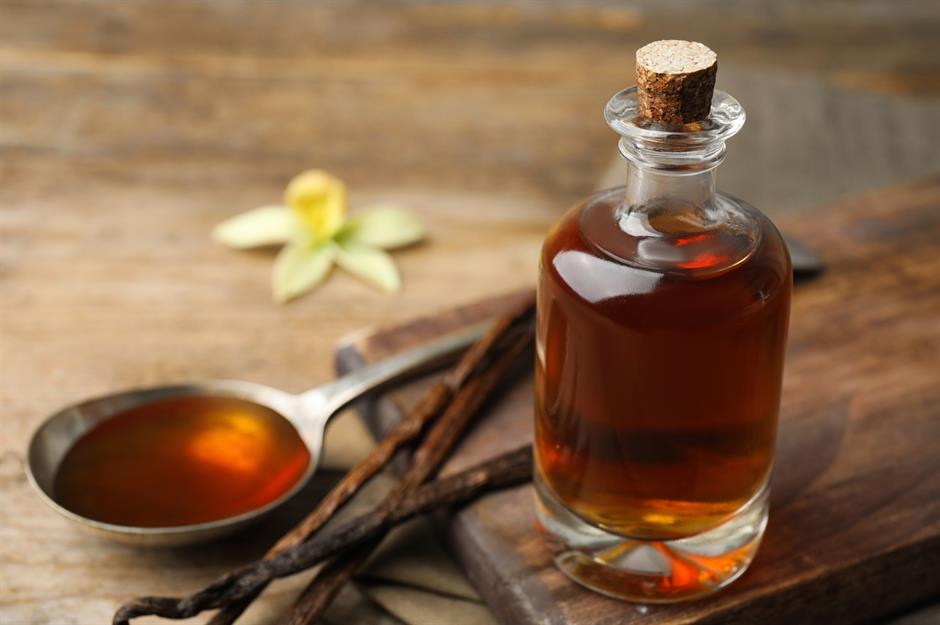
Another pricey and much-prized ingredient, vanilla is an obvious target for food fraud. Pods are pretty impossible to replicate, but there have been instances of so-called 'pure' vanilla extract actually being blended with cheaper tonka bean extract, which has a very similar taste and aroma. Synthetic vanilla, made from vanillin synthesised in a lab, is frequently used in cheaper vanilla-flavoured extracts but, again, has also been found in those labelled as pure vanilla.
8. Lemon sole
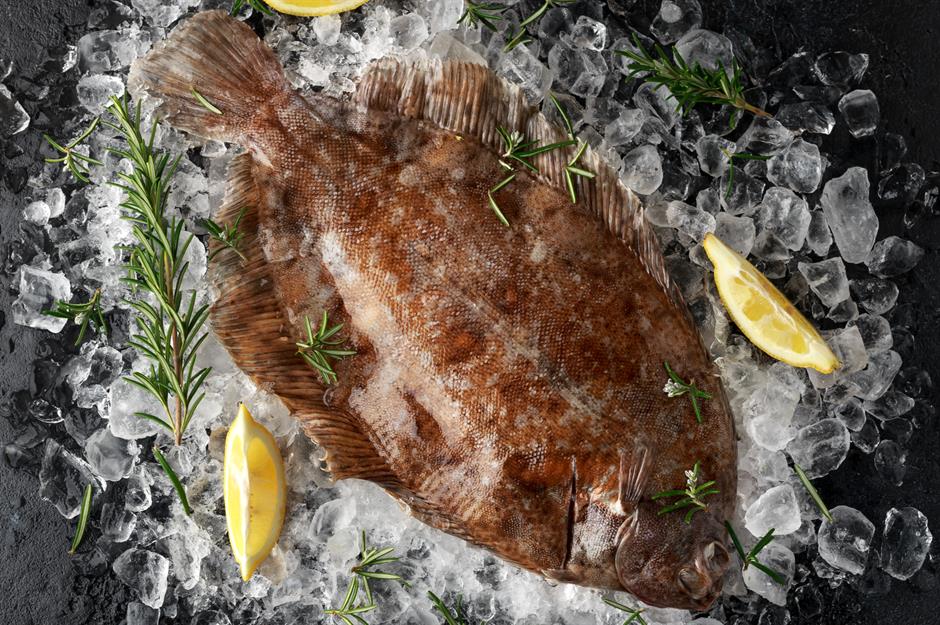
A late 2018 report by the New York State Attorney General’s Office revealed that more than a quarter of the seafood sampled from across the state, and 42% of that tested from New York City grocery stores, was mislabelled. The report was the result of a year-long investigation and found that cheaper species were typically labelled as rarer or more expensive ones. The most common culprit was lemon sole, with just two out of 16 samples accurately labelled.
7. Grouper
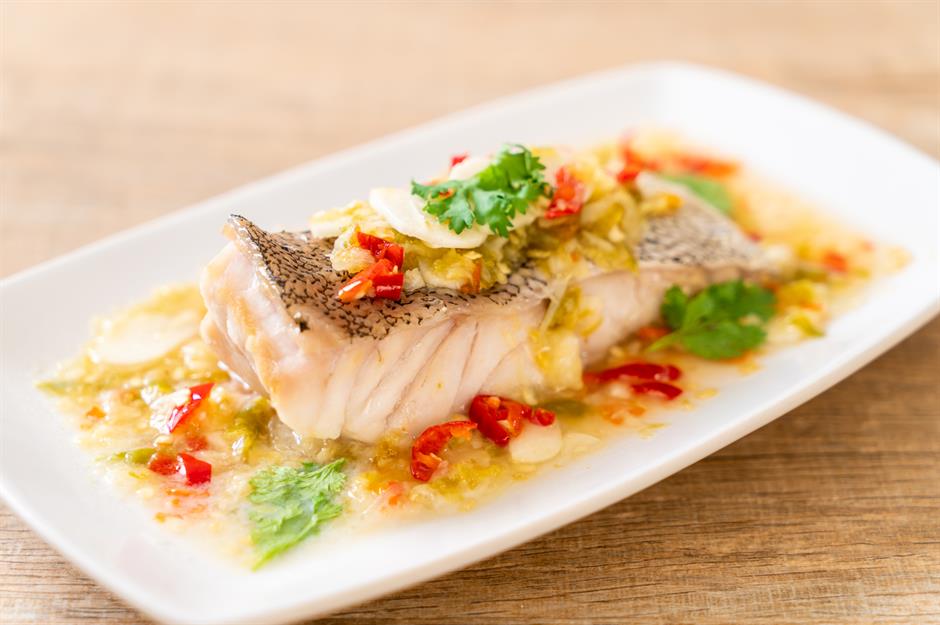
Grouper was also among the most commonly mislabelled fish in the study by the New York State Attorney General’s Office – and a nationwide survey by Oceana found that up to one-third of fish labelled as grouper was actually Asian 'catfish', king mackerel or whitefin weakfish. This particular fish was also the subject of a scandal in Florida; the St. Petersburg Times uncovered cheaper species being sold as grouper in several restaurants. Three eateries in Tampa Bay denied any wrongdoing but agreed they would make sure it didn’t happen in future, and each made a payment to the state.
6. Red snapper

Fish fraud strikes again! The New York report also found that red snapper was commonly not, in fact, red snapper. The fake fish was typically sold for around 60% of the price of the real deal, artificially pushing down prices and harming other grocers and fishmongers. The study by Oceana found that one in three samples of seafood were mislabelled. Snapper was the most commonly faked, with 87% mislabelled, followed by tuna (59%), though it remains unknown at what stage the fraud takes place.
5. Sushi
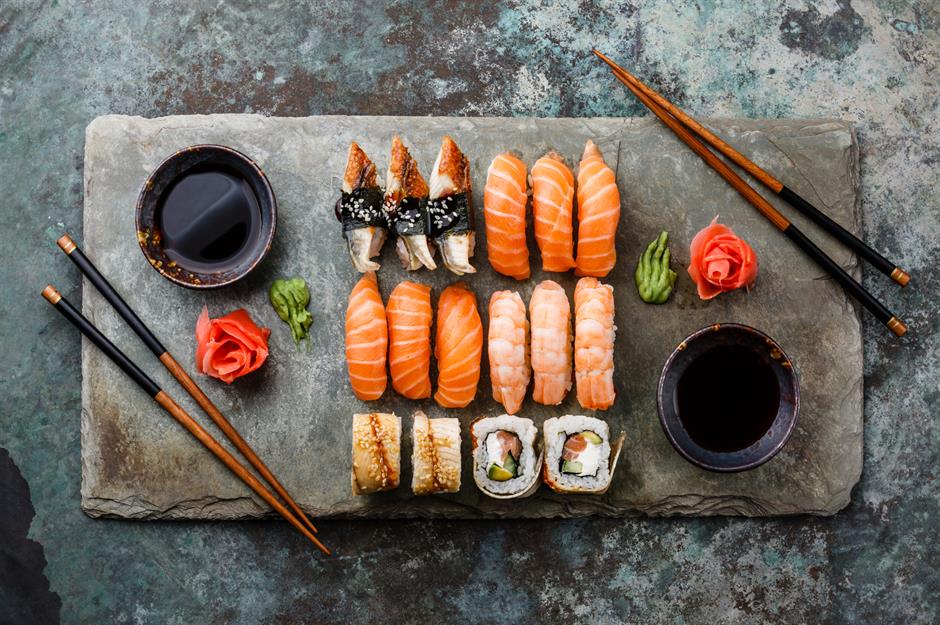
Oceana also discovered that sushi and sashimi were frequently mislabelled in restaurants – not a single sample of sushi tested in Austin, Texas was what it claimed to be, for example, and every sushi venue in Chicago, New York and Washington DC sold at least one mislabelled fish. In total, 74% of samples from sushi venues were incorrectly labelled, a significantly higher percentage than in restaurants (38%) and grocery stores (18%). Sushi claiming to be snapper (92% mislabelled) and tuna (71% mislabelled) had the highest levels of fraud.
4. Wasabi
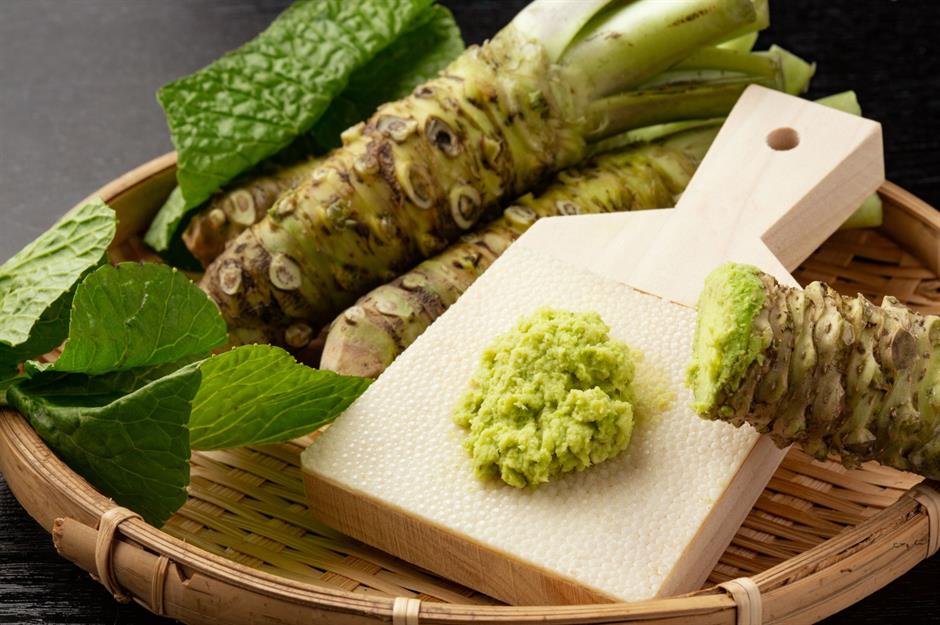
Convinced that the spicy stuff with your sushi is genuine wasabi? It could be nothing more than common English horseradish, dyed green. In fact, if ‘wasabi’ hits you instantly with a sinus-clearing heat, it’s probably a fake version of the much cleaner and fresher Japanese condiment. It's estimated that real wasabi can be found in just 5-10% of restaurants outside of Japan, with the rest a mix of horseradish, mustard powder and other flavourings, with the occasional hint of real wasabi thrown in for good measure.
3. Honey
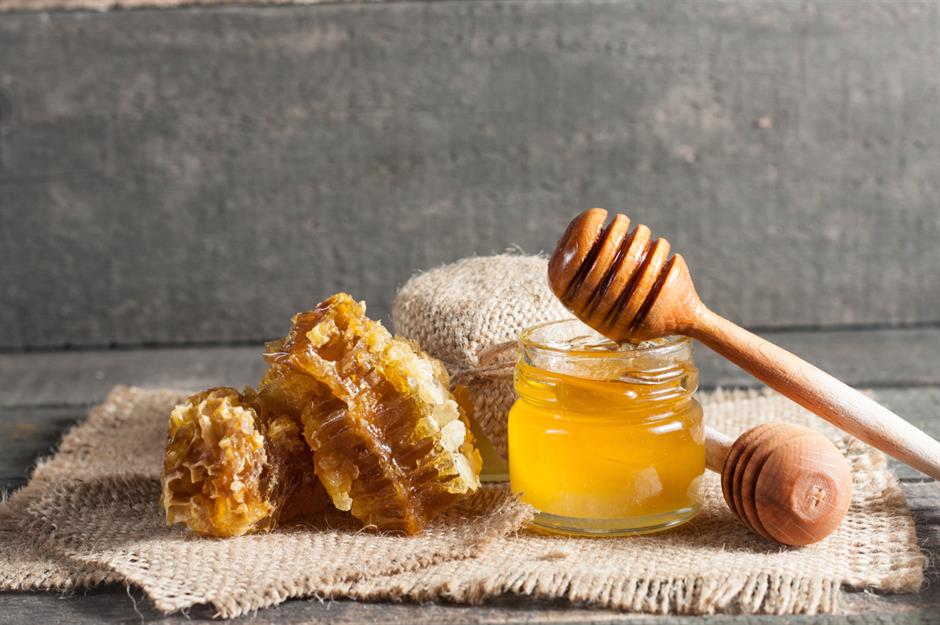
Honey is the third most-faked food, according to the Food Fraud Database, with producers using corn syrup, beet sugar or sucrose to dilute the real stuff, or chemically modifying sugars to mimic bees’ honey. Cases of so-called 'honey laundering' include the 2013 case dubbed 'Operation Honeygate'. The US Justice Department charged two importers, Honey Solutions and Groeb Farms, with shipping fake or adulterated Chinese honey through other countries to avoid shipping duties and avoid revealing its origin. The case ended with Groeb and Honey Holdings entering deferred prosecution agreements.
2. Milk

Milk is one of the most faked foods, according to the Food Fraud Database, with the most famous instance of deliberate contamination occurring in China in 2008. Baby formula milk had been diluted with water, and melamine was added to boost the nitrogen content – resulting in tens of thousands of infants becoming sick, and six deaths. Adding water is the most common fraud, increasing the volume (and therefore boosting profits).
1. Olive oil
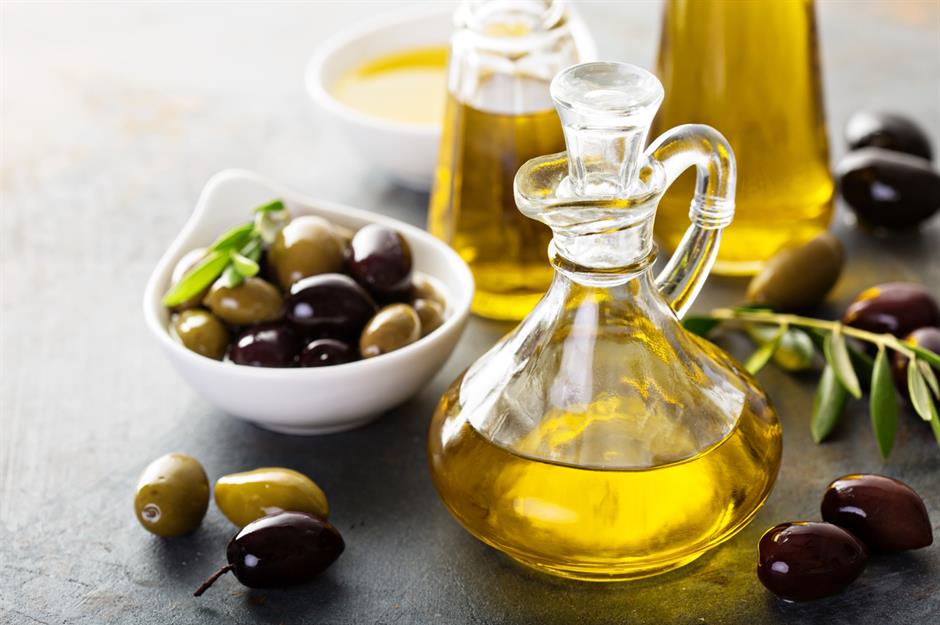
Extra-virgin olive oil (EVOO) is prized, commanding a higher price because it’s the least processed form of olive oil; olives are ground to a paste and pressed to extract the oil without heat. Its high economic value has made it vulnerable to fraud, with numerous cases of mislabelled and diluted oils – either with lower-grade olive oils or other oils altogether – and instances of olive oils with false geographical claims. In 2019, a staggering 150,000 litres of fake EVOO (low-quality oils that had been modified for colour) were seized after an investigation in Italy and Germany.
Now read about the world's most expensive foods
Last updated by Laura Ellis.
Comments
Do you want to comment on this article? You need to be signed in for this feature